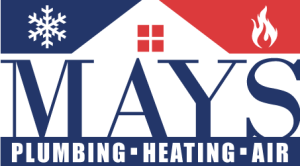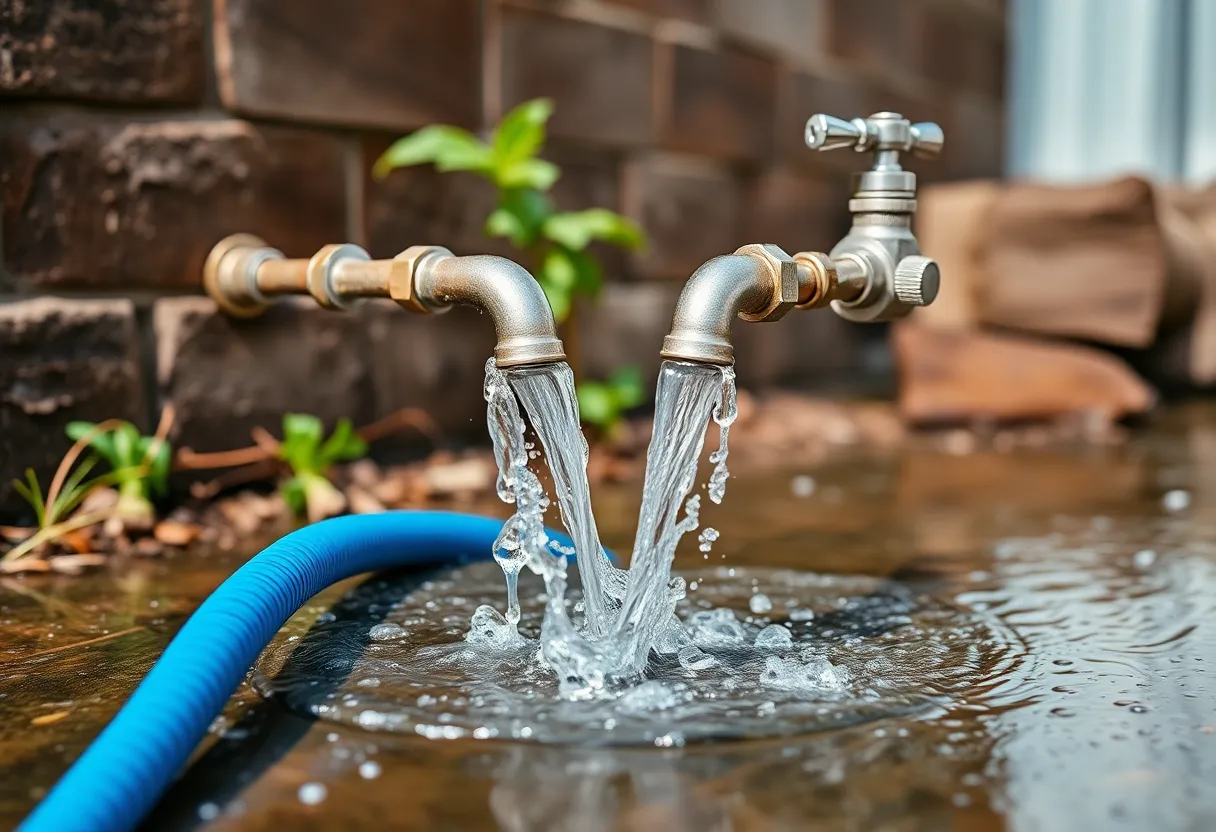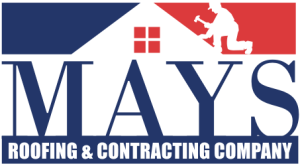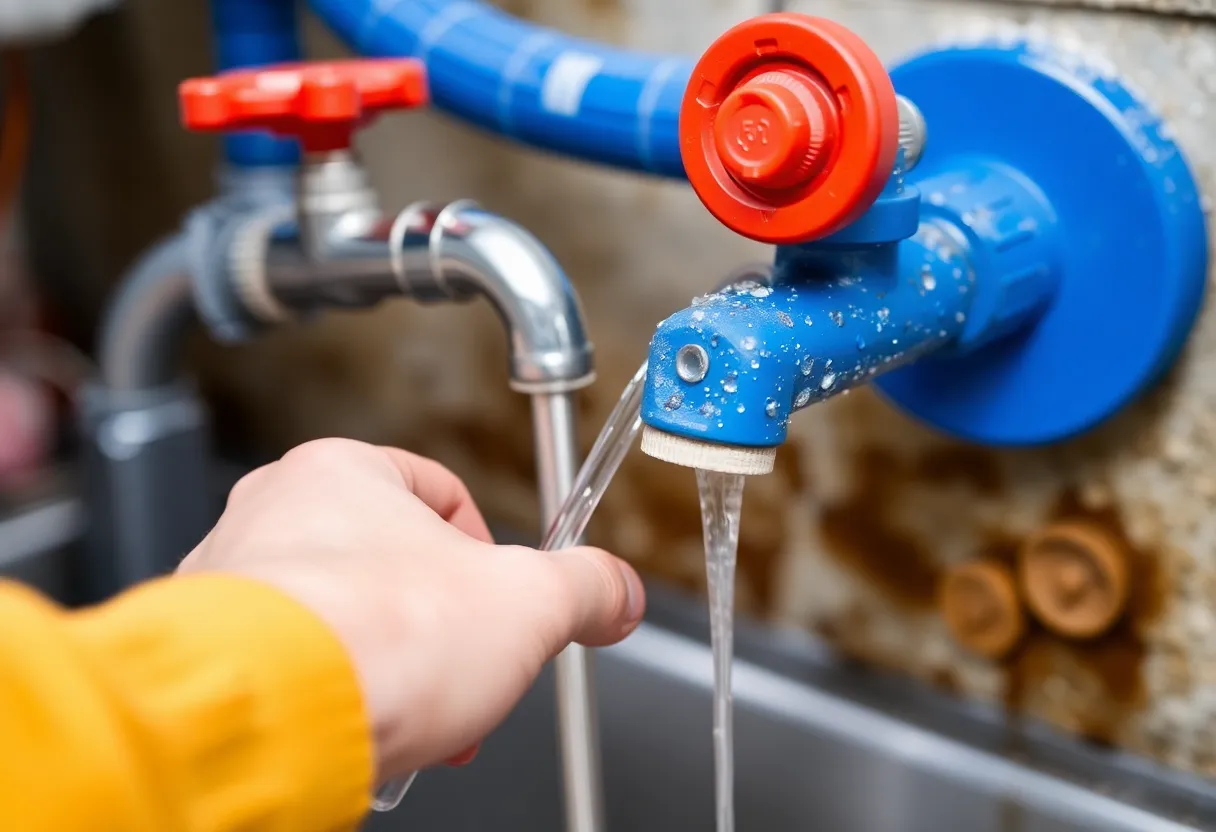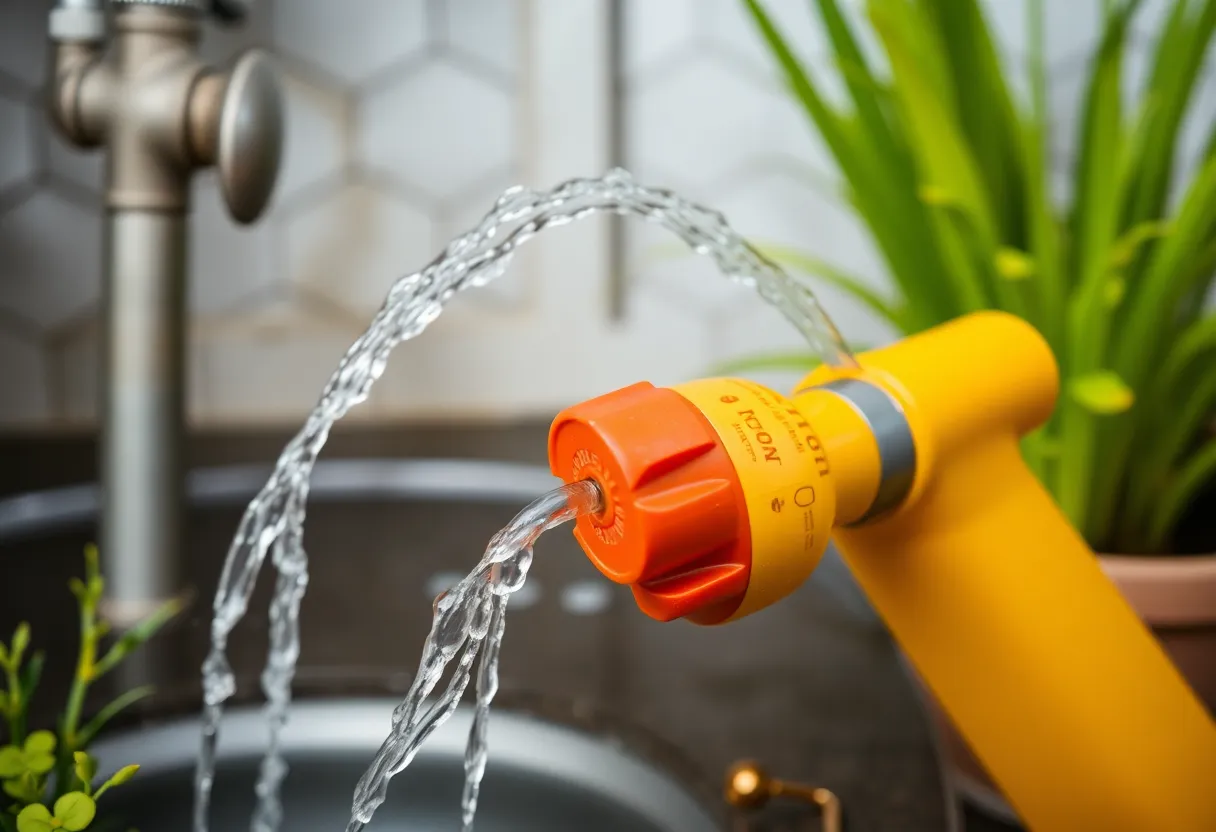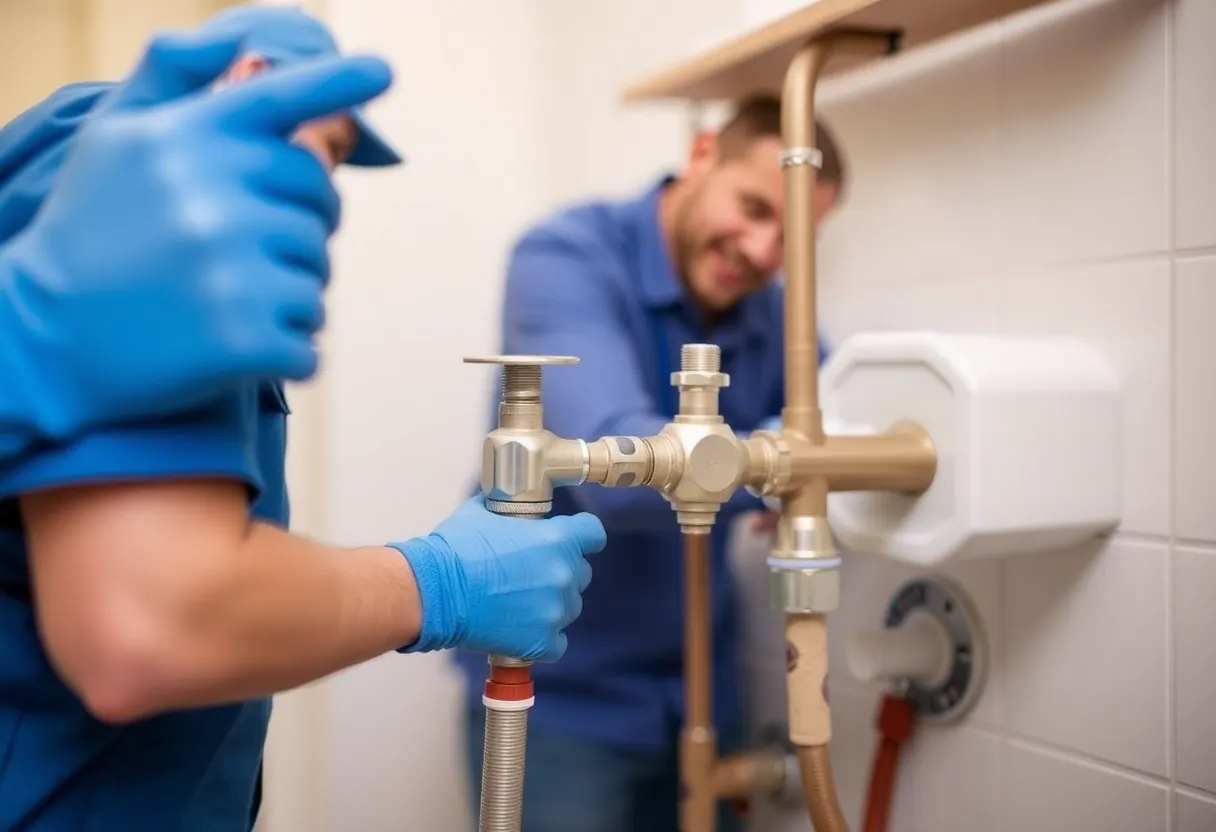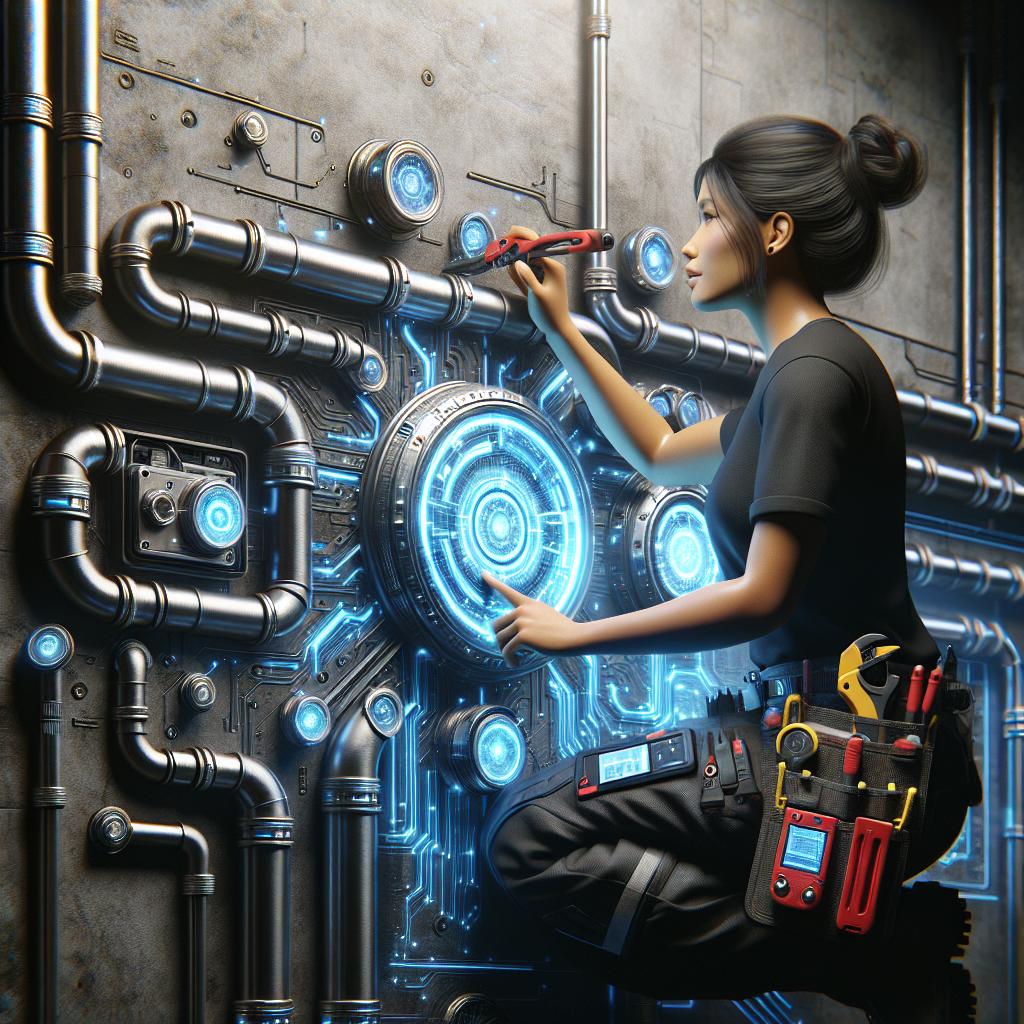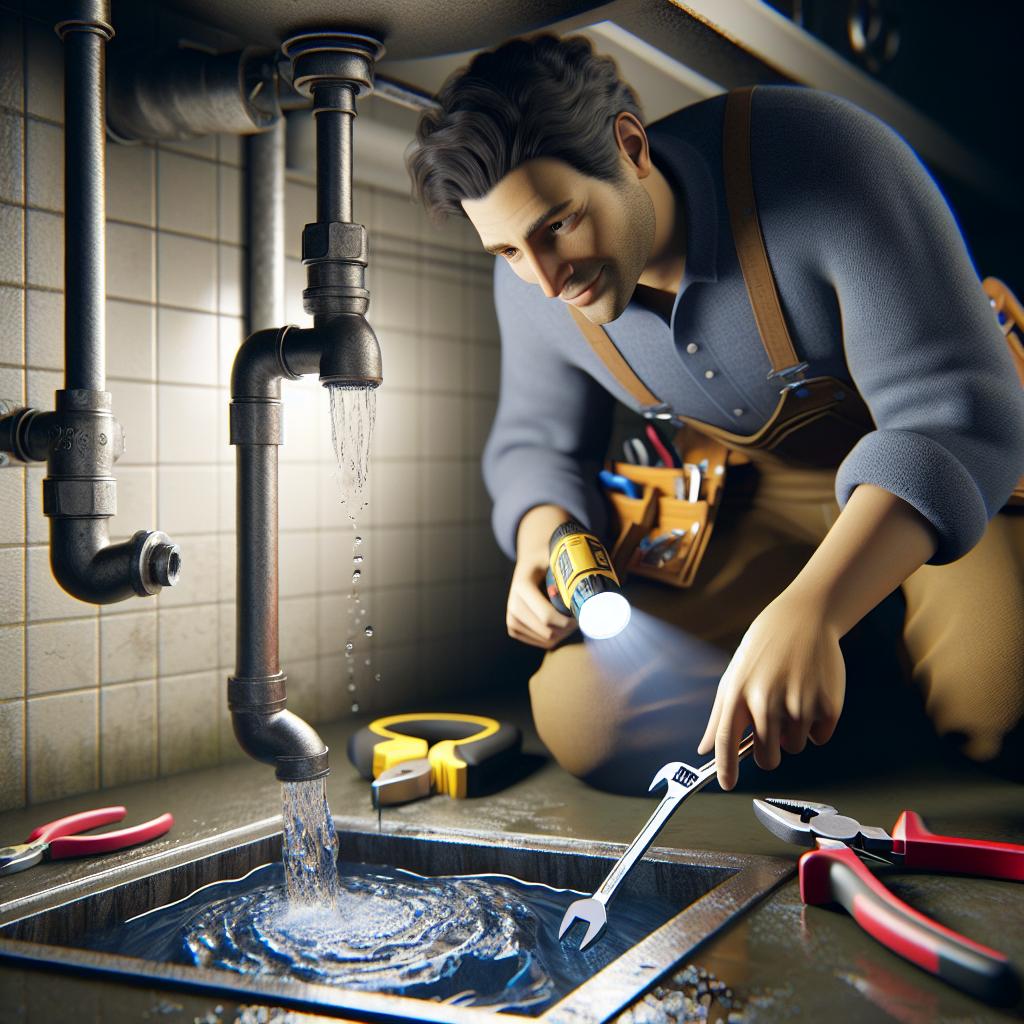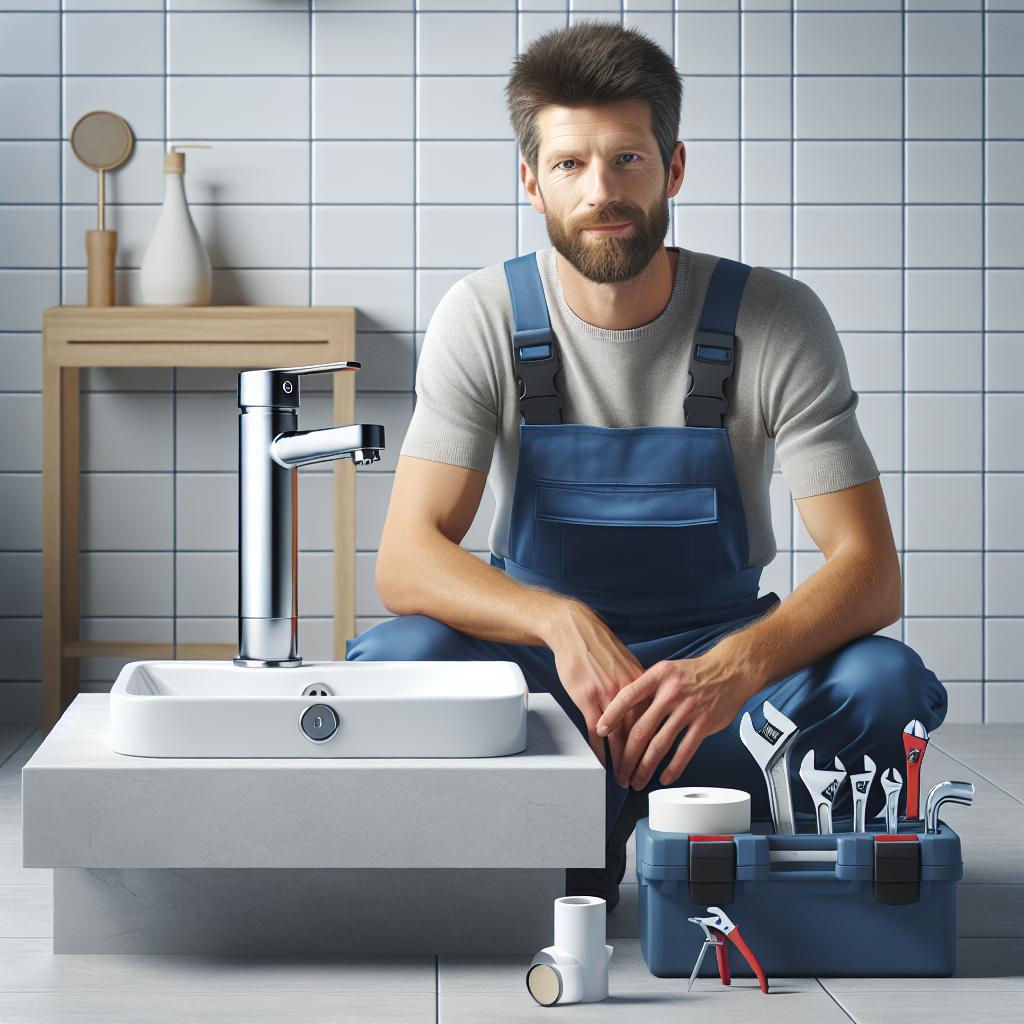The Plumbing Puzzle: 9 Essential Tips for Diagnosing and Fixing Household Water Pressure Issues
Experiencing low water pressure in your home can be an _exasperating_ problem. Whether it’s taking forever to fill a bathtub or struggling to shower efficiently, low water pressure can significantly disrupt daily routines. Conversely, high water pressure can also pose serious risks, such as burst pipes or leaks. This makes understanding how to diagnose and fix water pressure issues essential for any homeowner.
In this blog post, we will explore the _plumbing puzzle_ related to water pressure and provide nine essential tips for diagnosing and fixing these issues in your household.
Understanding Water Pressure
Water pressure is the force with which water flows through your pipes. It is determined by various factors including your location, the design of your plumbing system, and the condition of your pipes. Understanding what constitutes _normal_ pressure levels can help identify problems in your system.
Normal Water Pressure Levels
Typically, residential water pressure should range between _40_ and _60 psi (pounds per square inch)_. Anything below this range is considered low pressure, while pressures above _80 psi_ are often too high and can be damaging. Monitoring your pressure can help you diagnose potential issues early on.
Symptoms of Water Pressure Issues
Recognizing the symptoms of water pressure issues can help homeowners take appropriate action. Some common signs include:
- Weak stream from faucets and showerheads
- Long fill times for bathtubs or sinks
- Frequent changes in water temperature during showers
- Visible signs of leaking or pipe damage
If you notice any of these symptoms, it’s time to investigate the underlying cause.
Tip #1: Check the Pressure Regulator
Many homes are equipped with a _pressure regulator_ that regulates the amount of water entering your plumbing system. If this device fails, it can lead to either low or high water pressure. Inspect the regulator to ensure it’s functioning correctly. If it appears damaged or is set incorrectly, you may need to adjust or replace it.
How to Adjust a Pressure Regulator
- Locate the pressure regulator, usually found near the main water line.
- Use a wrench to turn the adjustment screw. Turning it clockwise will increase pressure, while counter-clockwise will decrease it.
- Use a pressure gauge to monitor the change in pressure.
- Readjust as necessary until it falls within the normal range.
Tip #2: Inspect for Leaks
Leaks in the plumbing system can cause significant drops in water pressure. Carefully examine all visible pipes, faucets, and connections for any signs of leakage or damage. Don’t forget to check hidden areas, including behind walls and under floors.
Signs of a Leak
- Wet spots on walls or ceilings
- Unusual water stains
- Increased water bills without noticeable changes in usage
- Mold or mildew growth
Tip #3: Clean Faucet Aerators and Showerheads
Over time, sediment and mineral buildup can clog aerators and showerheads, leading to lower water pressure. Regular cleaning can keep these fixtures functioning optimally.
How to Clean Aerators and Showerheads
- Unscrew the aerator or showerhead from the fixture.
- Soak it in vinegar for a few hours to dissolve any mineral buildup.
- Scrub with an old toothbrush to remove leftover debris
- Rinse thoroughly and reattach it to the fixture.
Tip #4: Assess Pipe Size and Condition
Pipes that are too narrow or deteriorating can limit water flow, affecting pressure. Inspect the size and condition of your pipes, particularly if your home is older and has original plumbing.
Replacing Old or Narrow Pipes
If you find that your pipes are too narrow or in poor condition, it may be time to consider replacement. Discuss your options with a plumbing professional who can recommend the best materials and sizes for your home.
Tip #5: Check Your Main Water Valve
The main water valve controls the flow of water into your home. If it is partially closed, this can restrict water pressure. Ensure that the valve is fully open.
How to Check the Main Water Valve
- Locate your home’s main water valve, usually found in the basement or near the foundation.
- Turn the valve handle clockwise to ensure it is fully open. If it’s a lever, it should be parallel to the pipe.
Tip #6: Evaluate Your Water Softener
If you have a water softener installed, it might be affecting your water pressure. A clogged or malfunctioning water softener can reduce flow and pressure.
How to Troubleshoot a Water Softener
- Check whether the water softener is regenerating correctly.
- Inspect for salt bridges or clogs in the resin tank.
- Consult the user manual for specific troubleshooting instructions.
Tip #7: Test for Municipal Water Supply Issues
If you’ve checked everything in your home and are still experiencing pressure problems, it may be an issue with the municipal water supply. Contact your local water department to see if there are known issues in your area.
Ask About Local Water Supply Levels
Inquire specifically about:
- Recent construction projects that might affect water lines
- Water usage restrictions in the community
- Pipe upgrades or maintenance schedules
Tip #8: Monitor for Time Variations
Sometimes, water pressure issues can vary significantly at different times of day. Monitor whether the pressure drops during peak usage times, such as mornings or evenings when many people are using water.
How to Monitor Water Pressure Over Time
- Use a pressure gauge to record water pressure at different times of the day.
- Note any patterns you observe concerning your household’s water usage.
- Use this information to identify and address peak usage issues, such as staggering shower times.
Tip #9: Consult a Plumbing Professional
If all else fails, it’s time to call in a _plumbing expert_. A professional plumber has the necessary skills and tools to diagnose more complex issues and can offer solutions tailored specifically to your situation.
When to Seek Professional Help
Consider consulting a plumber if:
- You discover serious leaks or pipe damage
- You are unable to identify the source of low or high water pressure
- Your plumbing system requires extensive upgrades or replacements
Final Thoughts on Water Pressure Issues
Low or high water pressure can significantly affect the comfort of your home. By keeping the tips above in mind, you can diagnose and address common problems effectively. Remember, regular maintenance and timely inspections can prevent many issues before they escalate.
Understanding your plumbing system and being proactive can save both time and money. Stay vigilant, and don’t hesitate to seek professional help when needed. With the right approach, you can solve the _plumbing puzzle_ and ensure your home’s water system remains efficient and effective.



